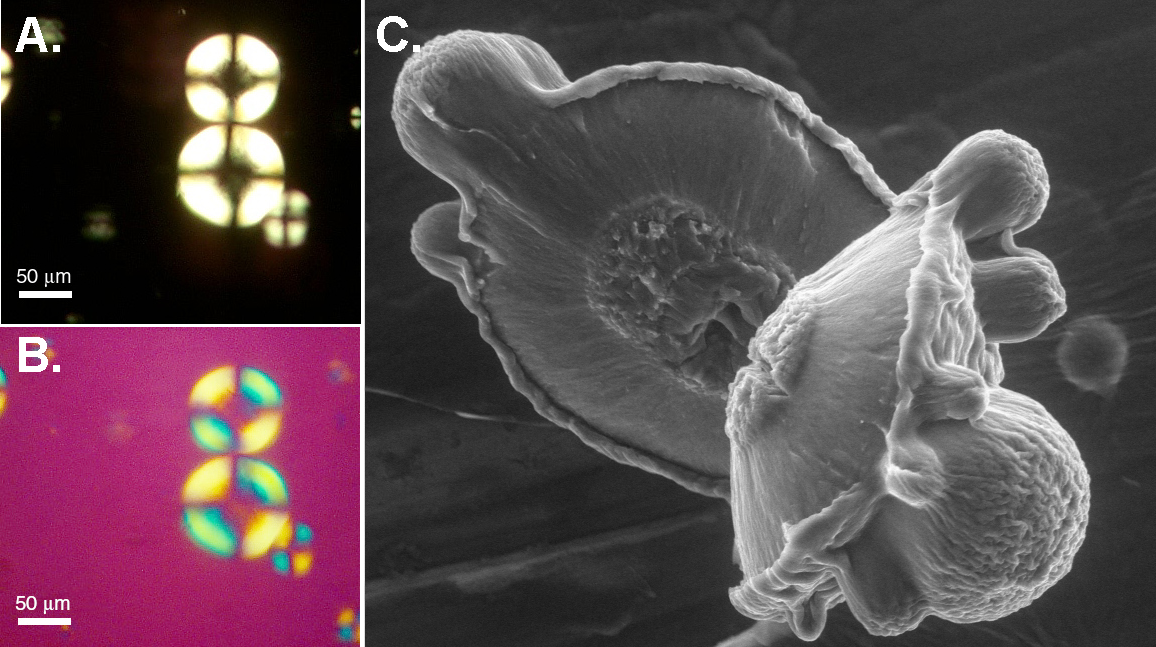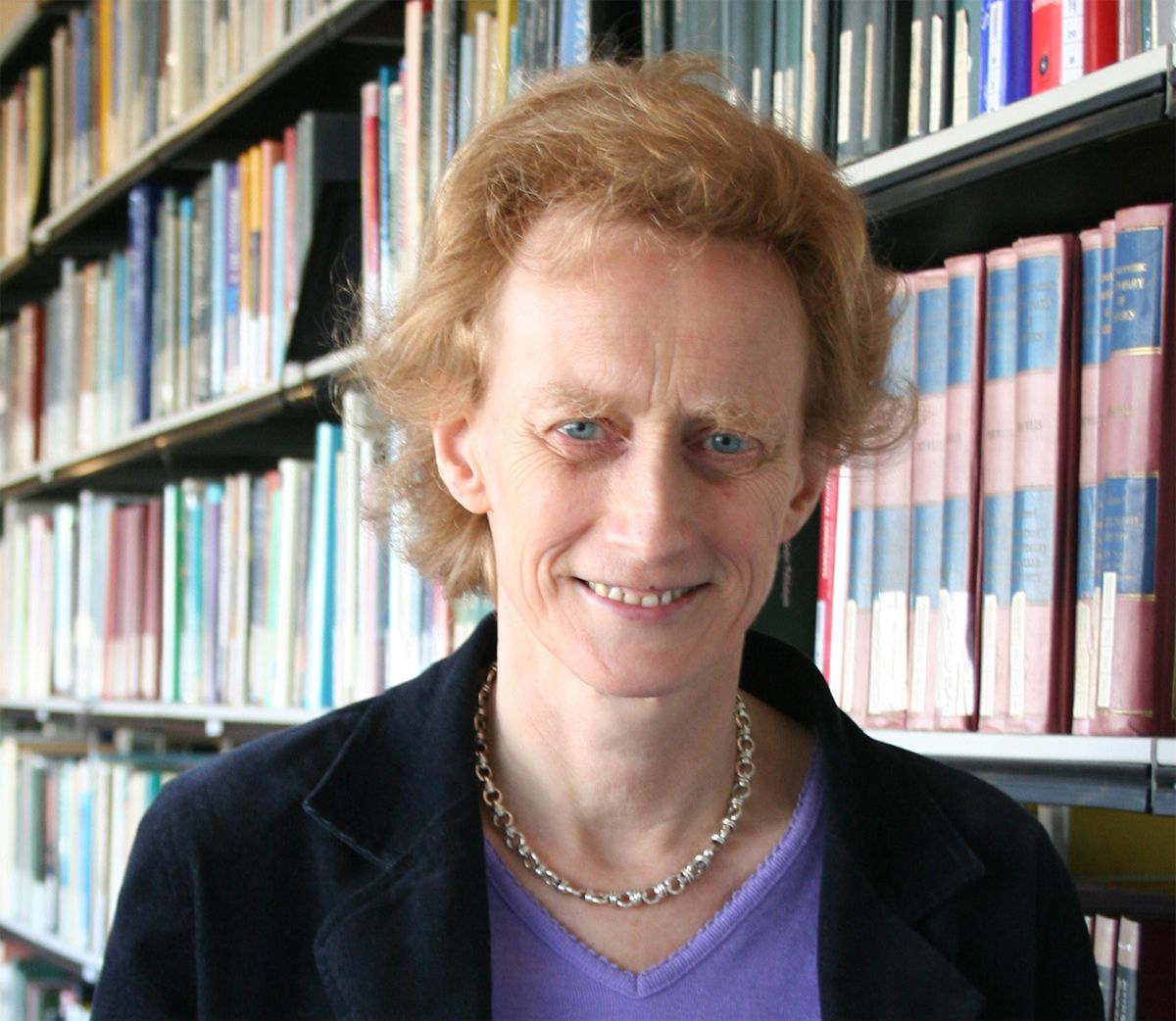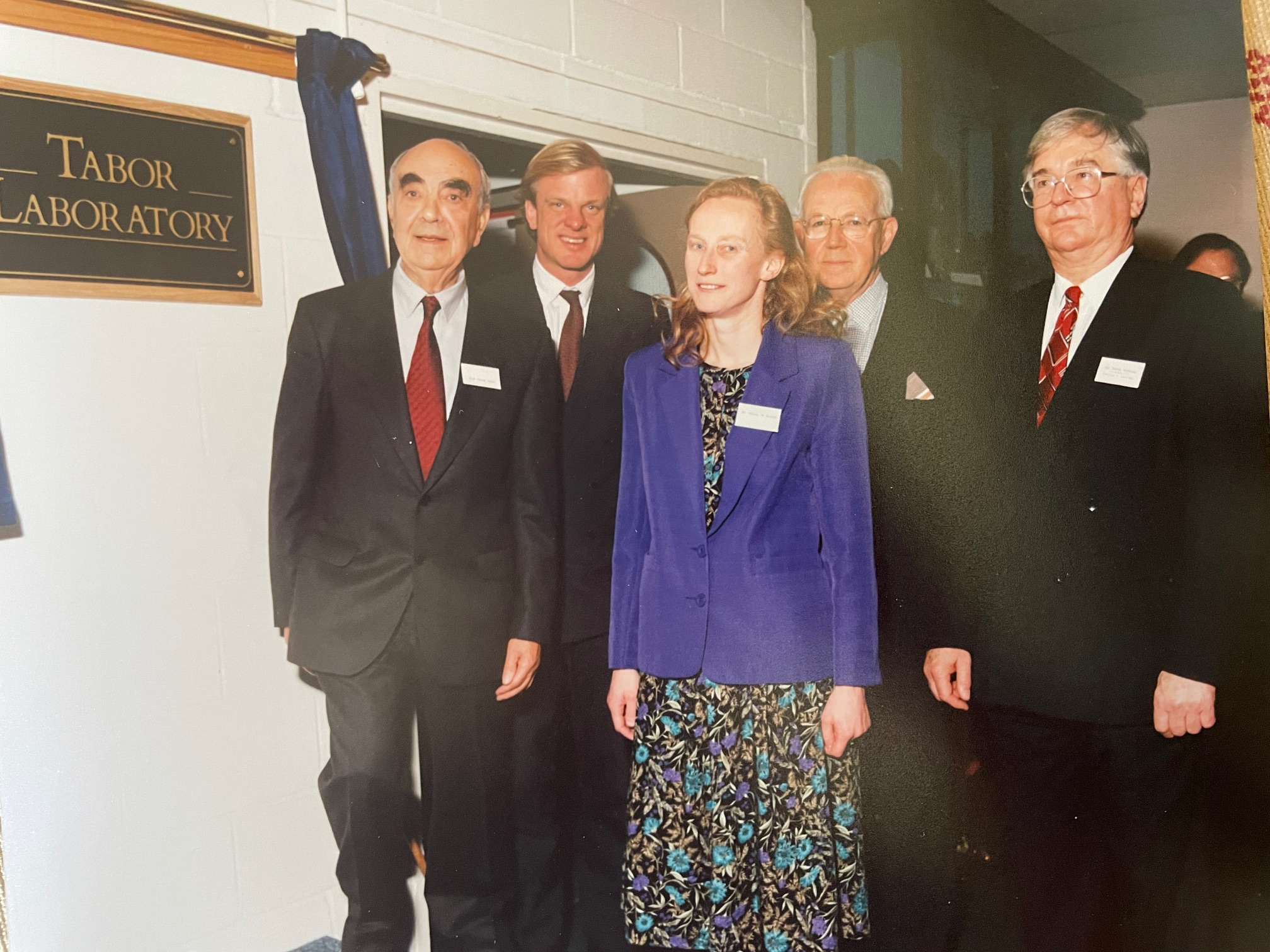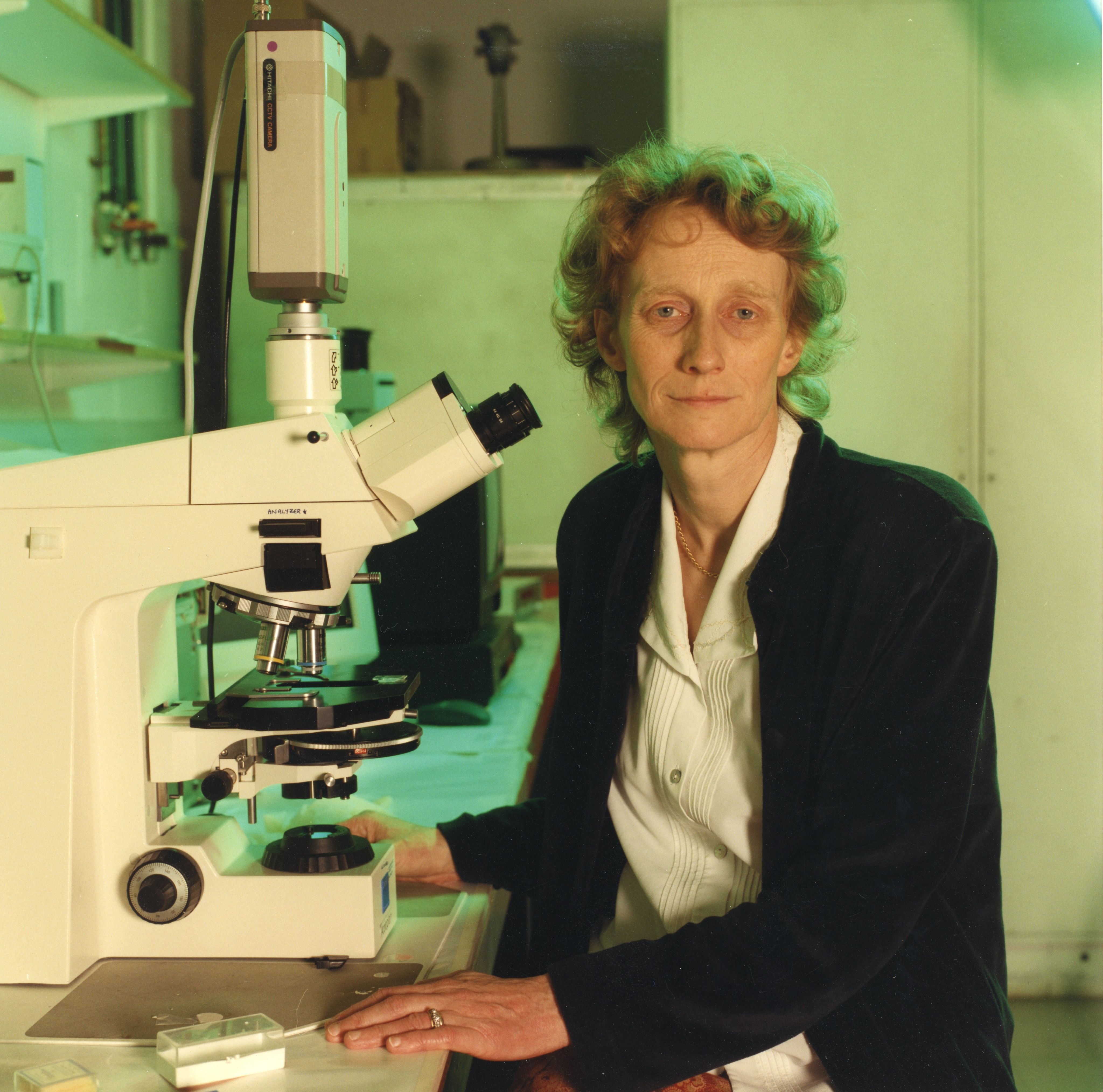Extraordinary fruit
The growth of soft matter research at the Cavendish


From her student days in the 1970s, to becoming the department’s first female professor, Athene Donald reflects on her time at the Cavendish, the emergence of soft matter research and the experience of being a rare woman in a department where some regarded her research area as ‘not physics’.
My time at the Cavendish coincides fairly closely with the lifetime of the ‘New’ Cavendish, soon to be vacated in favour of its new home in the Ray Dolby Centre. When it opened in 1974, I was one of the first cohort to be lectured in what later became known as the Pippard Lecture Theatre at Part II, then the third and final year of the course. I stayed on to do my PhD in the research group then known as Metal Physics (long deceased) headed by Archie Howie, who is still going strong as a sprightly 90-year-old. My research supervisor was Mick Brown, who is also still going strong, albeit a couple of years younger.
I had come up to Cambridge in 1971, at a time when there were no mixed colleges. As a girl, I only had the choice of three colleges and went to Girton. Had I come up a year later, there would have been a further three colleges available to me; Churchill, Kings and Clare all took some women from 1972. Of these Churchill, of which I have been Master for the last ten years, is very proud that it was the first college to vote to admit women, though too late for me.
The numbers of women back then were, naturally, low in my Part II class, but it is dismaying to find that even today only 25% or less of the graduating cohort in physics are women, which reflects the wider societal challenges facing girls who may want to take appropriate courses at school to get them into physics, engineering or computing. I find it deeply frustrating, and this sense of frustration led me to write Not Just for the Boys: Why we need more women in science, published last year. The number of women on the Cavendish faculty at all levels has, however, massively increased from zero in my day (although there were women teaching paid from soft money, so it wasn’t entirely obvious there were no female lecturers), providing great role models for students coming through the system now.
The number of women on the Cavendish faculty at all levels has, however, massively increased from zero in my day (although there were women teaching paid from soft money, so it wasn’t entirely obvious there were no female lecturers), providing great role models for students coming through the system now."

Image above: Opening of the Tabor Laboratory, home of the Polymers and Colloids Group at the Cavendish in 1992.
My PhD was based around electron microscopy, concluding with a thesis entitled Grain boundary embrittlement in copper-bismuth alloys; like most theses it had a riveting title! However, by the time
I returned to the Cavendish in 1983 after four years in the Materials Science and Engineering Department at Cornell in the USA and two on a fellowship in the Cambridge Materials Science Department,
I had switched fields to work on polymers, better known to the public as plastics. However, my research continued with a strong emphasis on electronmicroscopy. These materials formed my introduction to the field that became known as soft matter, led from the outset in Cambridge by Cavendish Professor and Head of Department, Sir Sam Edwards.
Today, soft matter is a branch of physics that has broadened considerably from its roots in polymers. It now encompasses materials such as sand and paint, gels and complex fluids. In the Cavendish, we also extended towards biology, ultimately forming a sector known as Biological and Soft Systems in the early 2000s, with an increasing fraction of new hires working specifically in biological materials. Significant investment was required to make sure we had adequate facilities – specifically space for cell and bacterial cultures which require a degree of containment. This was realised in the Physics of Medicine building, opened in December 2008 by Aaron Klug, the first part of the redevelopment of the Cavendish which is completed with the Ray Dolby Centre.
For me, the excitement of this whole field is the obvious relationship to our daily lives and to practical problems. The length scales under investigation are not atomic, but molecular and supramolecular, up to around a micrometre in the case of colloids. These are a class of materials consisting of two or more phases with the characteristic length scales of the phases of one micrometre or less, so that surfaces play a crucial role in determining both structure and behaviour.
They formed a major part of the research from 1992 onwards, when the group was awarded a large interdisciplinary and interuniversity grant, funded in part by industry and in part by what was then the Department of Trade and Industry. It allowed me to purchase the first of a series of a new type of electron microscopes, the Environmental Scanning Electron Microscope (ESEM), which – unlike conventional electron microscopes – allowed a sample to be kept hydrated, a crucial breakthrough. The group worked with these for many years, and collaborated with the manufacturers to improve the design, as well as our understanding of the physics of how images were formed. Ultimately developments in optical techniques meant ESEM was superseded as a breakthrough technique for imaging materials such as hydrated or biological samples at high resolution.
"As a rare woman in the department and the wider physics community, working in an area that many colleagues thought was ‘not physics’, much of my early to mid-career in the Cavendish felt quite tough"

Image above: Athene Donald in the Cavendish Laboratory in the late 1990s.
Microscopy was not the only focus of my research. For many years I studied the internal structure of starch granules – food was another key area of activity – using small angle X-ray scattering at the various national and international synchrotron facilities. This was the work that took me towards biology as I started collaborating with plant biochemists, but it has to be said some of my Cavendish colleagues were far from supportive of one of their members working on something so messy. Complexity is now a significant area of research in physics in its own right, but that was far from the case when I started working on food back in the 1980s. Like the colloid grant, this was a grant that Sir Sam had negotiated, in this case before I had even returned to the Cavendish, to work with the Institute of Food Research in Norwich.
As a rare woman in the department and the wider physics community, working in an area that many colleagues thought was ‘not physics’, much of my early to mid-career in the Cavendish felt quite tough. I wasn’t one of the boys and I wasn’t working in the ‘right’ area. Sir Sam believed in me and certainly in the research field, but often I was made to feel an outsider by others, even as my work was well regarded elsewhere, including recognition through prizes. Becoming the first female professor in the department in 1998 and an FRS in 1999 did not seem to improve the situation.
Despite that, the field of soft matter and biological physics has ultimately flourished. The work, particularly in the biological arena, has moved a long way both at the Cavendish and around the world. Now many physicists and physics departments appreciate this, and complexity in all its guises is seen as an exciting and important area. Sir Sam’s vision of this sort of interdisciplinary work, presaged by the original grant in food physics, has borne extraordinary fruit.
Athene Donald is Emeritus Professor of Experimental Physics, former Gender Equality Champion for the University of Cambridge and former Master of Churchill.